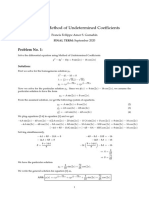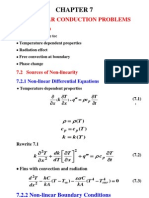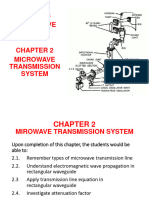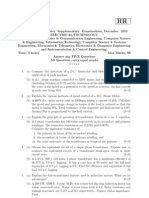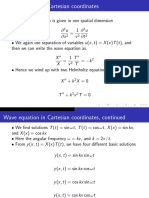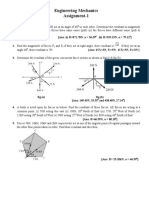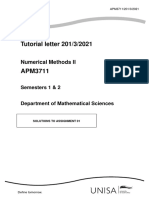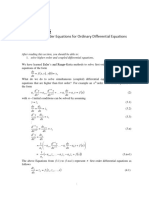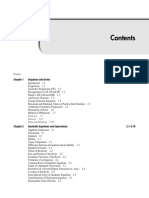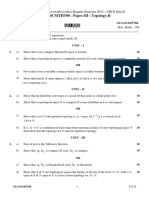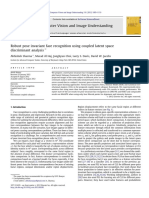0% found this document useful (0 votes)
484 views14 pages188 Sample Chapter
The document describes the numerical solution of simultaneous first order ordinary differential equations using the Runge-Kutta method of fourth order and Picard's method. It provides the general formulation for both methods. For Runge-Kutta, it gives the computational steps to obtain approximations at a given point. For Picard's method, it explains obtaining successive approximations to reach the desired solution. An example is provided for each method.
Uploaded by
SIDDHANT KATARIACopyright
© © All Rights Reserved
We take content rights seriously. If you suspect this is your content, claim it here.
Available Formats
Download as PDF, TXT or read online on Scribd
0% found this document useful (0 votes)
484 views14 pages188 Sample Chapter
The document describes the numerical solution of simultaneous first order ordinary differential equations using the Runge-Kutta method of fourth order and Picard's method. It provides the general formulation for both methods. For Runge-Kutta, it gives the computational steps to obtain approximations at a given point. For Picard's method, it explains obtaining successive approximations to reach the desired solution. An example is provided for each method.
Uploaded by
SIDDHANT KATARIACopyright
© © All Rights Reserved
We take content rights seriously. If you suspect this is your content, claim it here.
Available Formats
Download as PDF, TXT or read online on Scribd
/ 14















